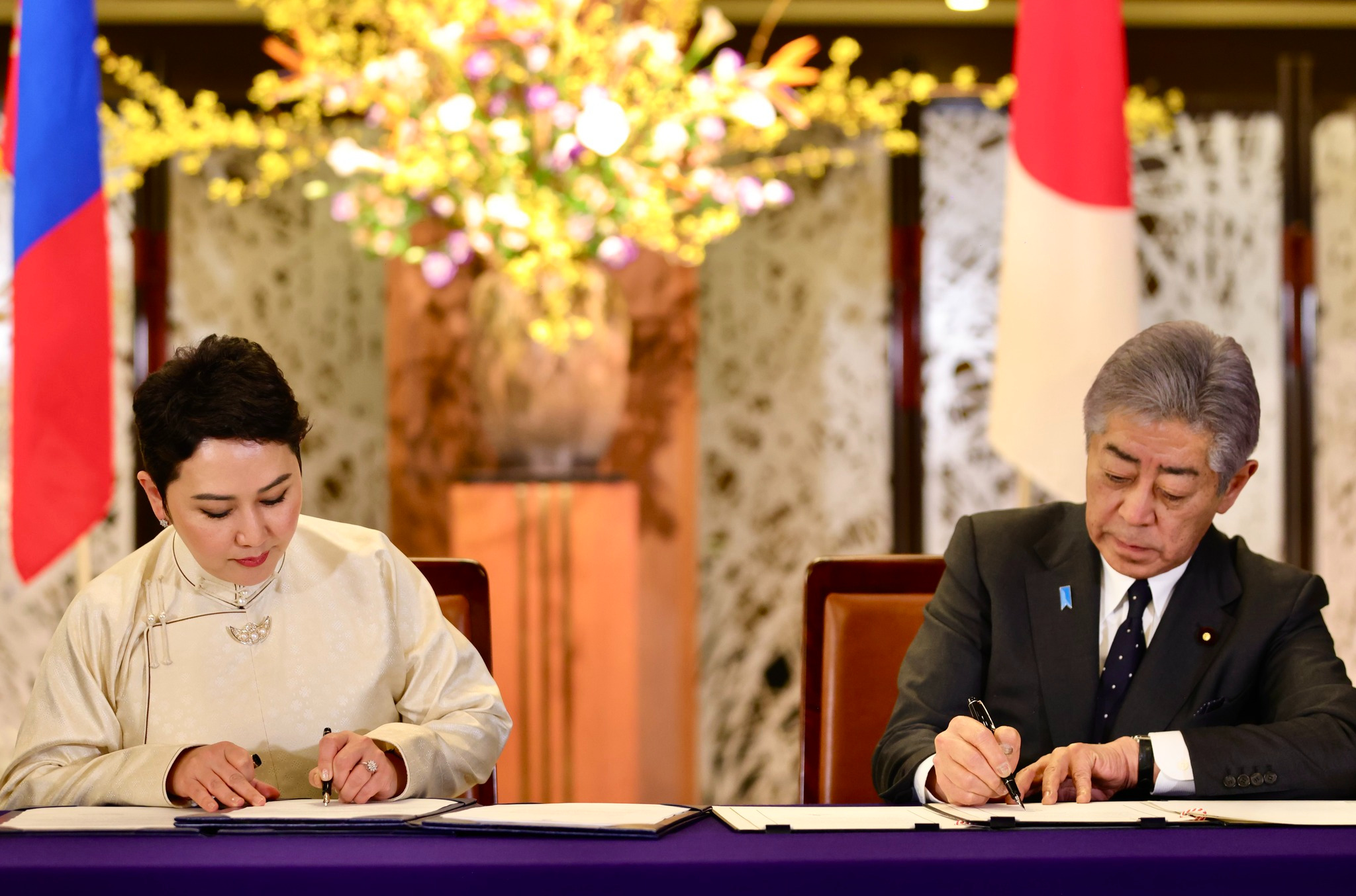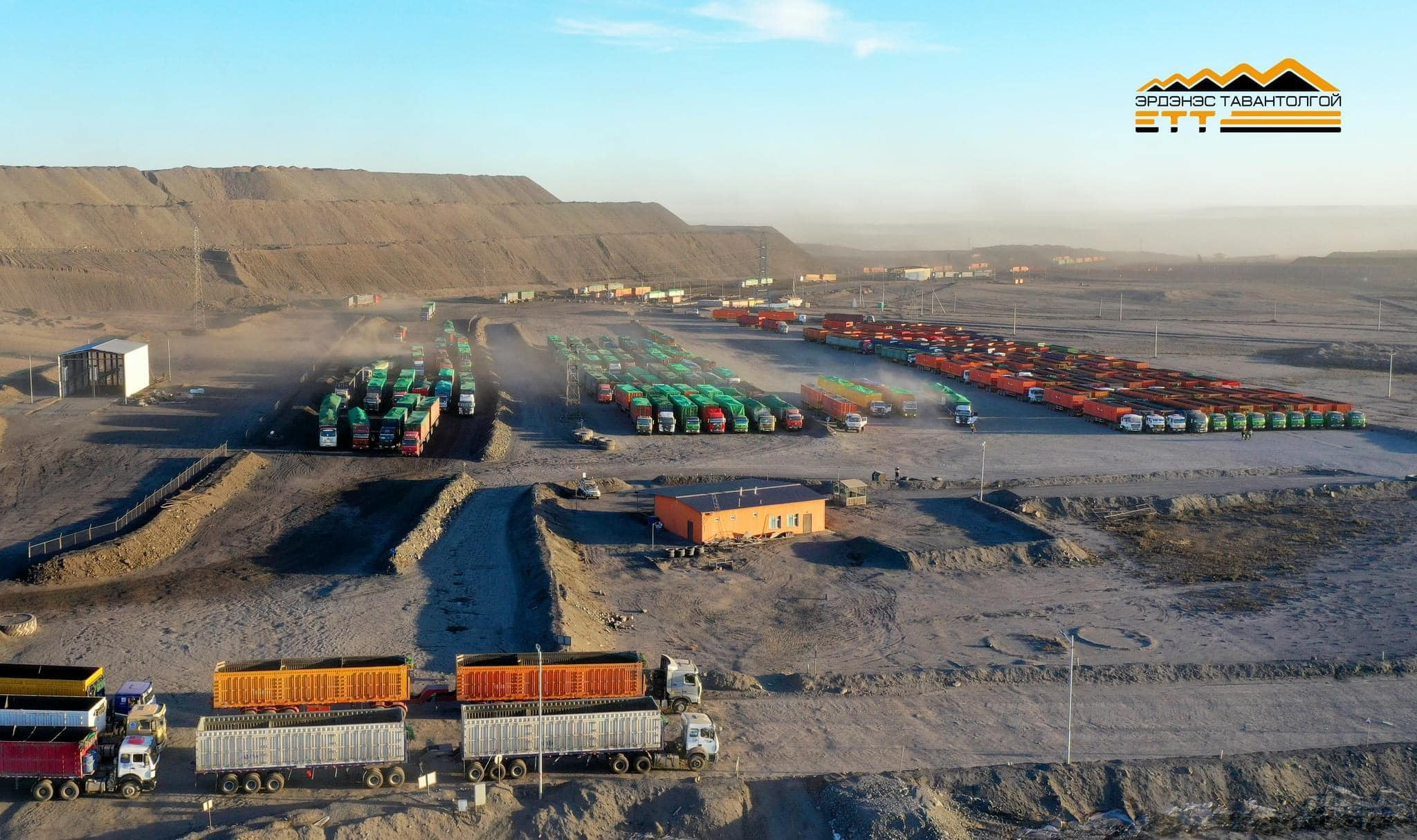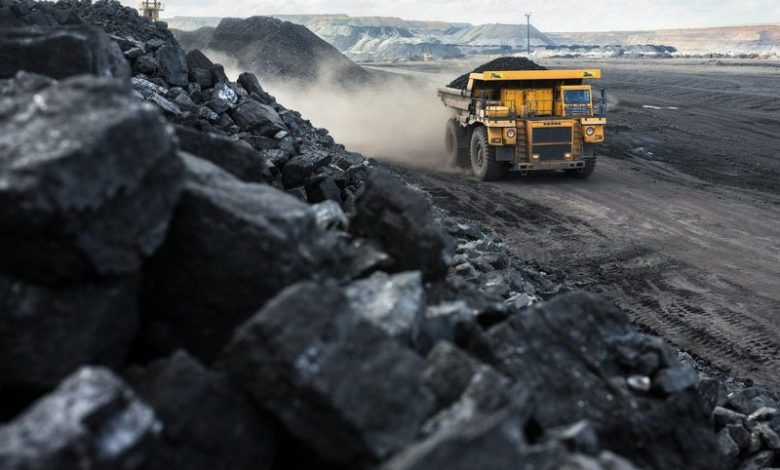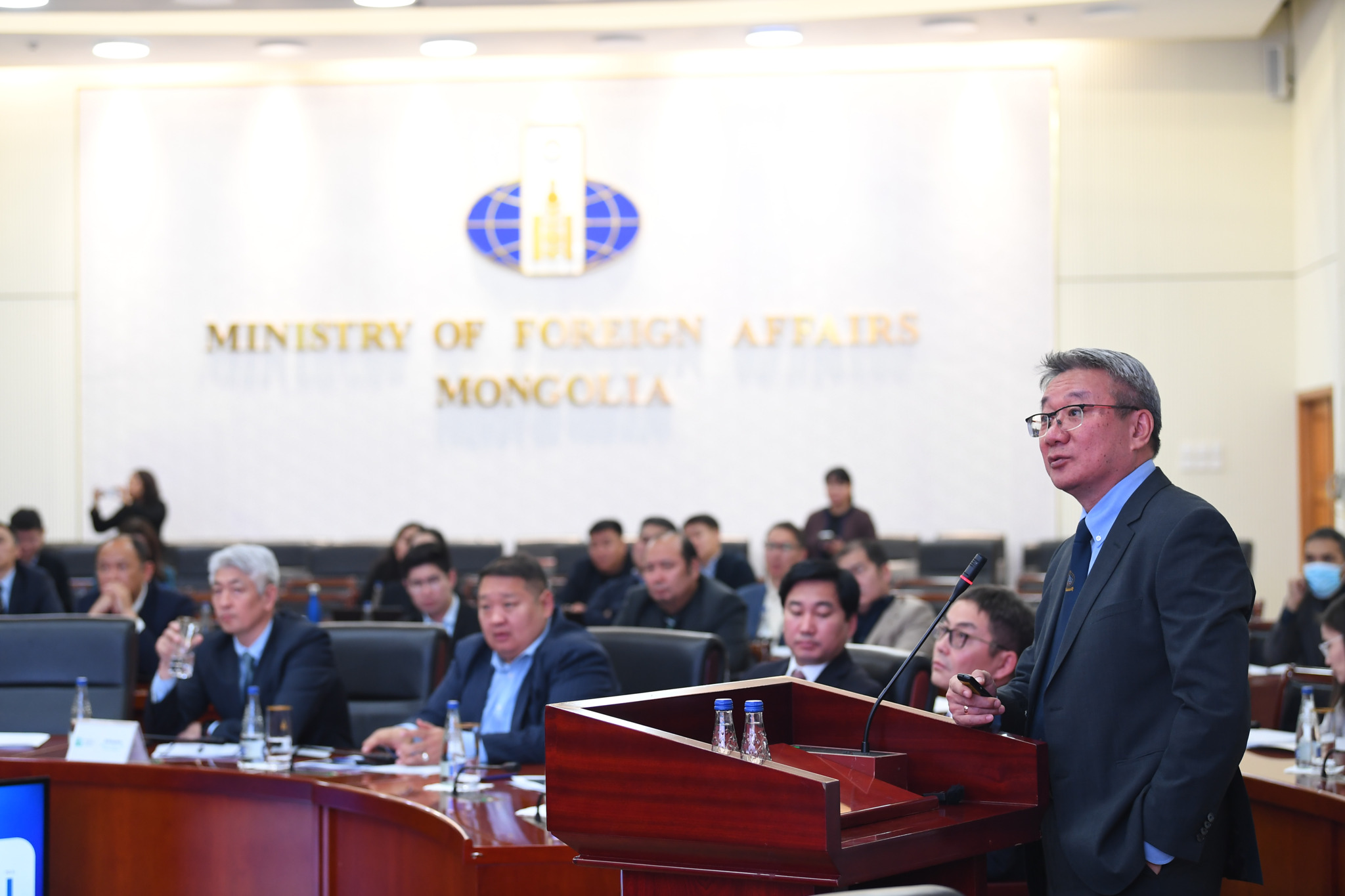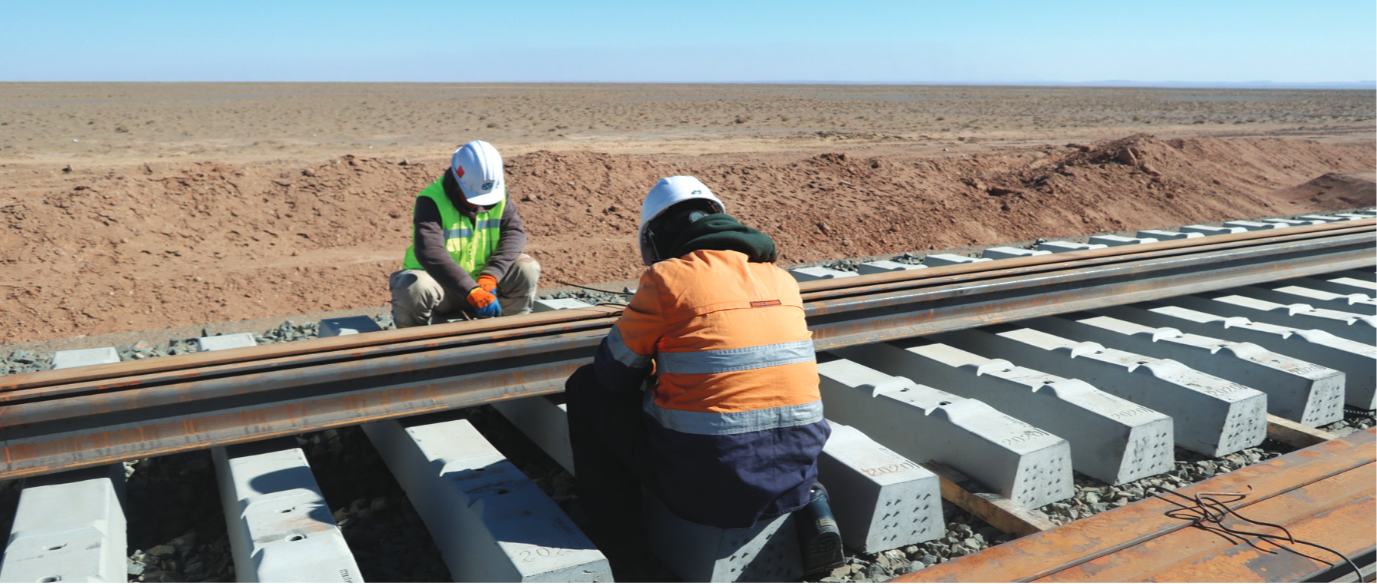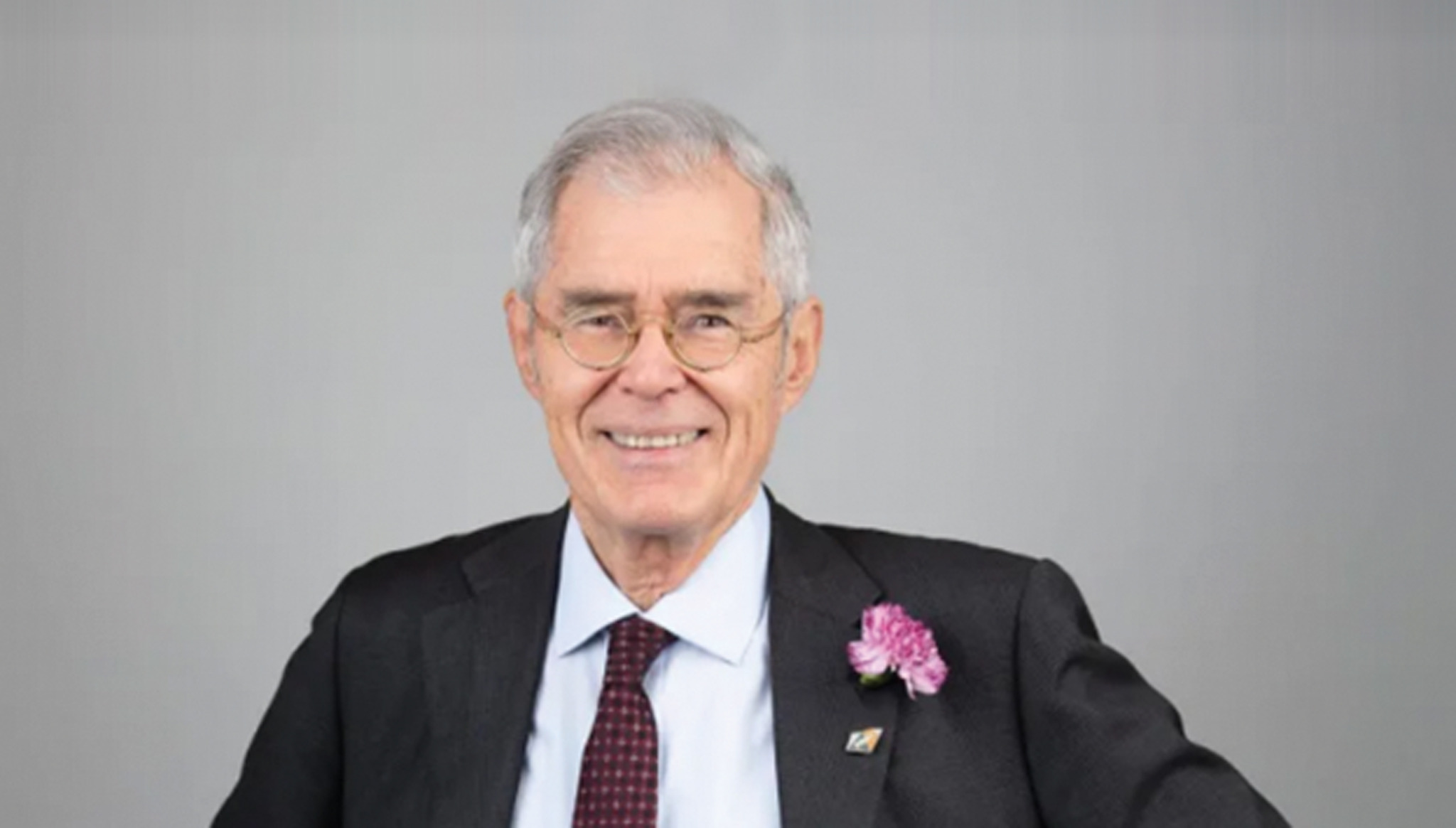Recent news
Mongolian government to support gold mining as coal export prices decline
In response to the decline in coal export prices, the Mongolian government has decided to support the gold mining sector by re-issuing exploration licenses, effective March 1, 2025. This initiative aims to boost production as demand for gold and its price growth are expected to persist throughout the year.
PDAC 2025 draws 27,353 participants to Toronto
Toronto – The Prospectors & Developers Association of Canada (PDAC) proudly celebrated another landmark gathering with PDAC 2025, which brought together 27,353 participants to explore premier business prospects, investment opportunities, and professional networks in the global mineral exploration and mining sphere.
Mongolia to Showcase its Mineral Resources at PDAC 2025 in Toronto
Toronto, Canada — The 93rd annual Prospectors & Developers Association of Canada (PDAC) Convention will take place from March 2 to March 5, 2025, in Toronto, Canada. The event, one of the largest gatherings of mining professionals in the world, will feature key players from the global mining sector, including a strong delegation from Mongolia.
Mongolia to Showcase its Mineral Resources at PDAC 2025 in Toronto
Toronto, Canada — The 93rd annual Prospectors & Developers Association of Canada (PDAC) Convention will take place from March 2 to March 5, 2025, in Toronto, Canada. The event, one of the largest gatherings of mining professionals in the world, will feature key players from the global mining sector, including a strong delegation from Mongolia.
ERDENES TAVANTOLGOI JSC HAS TRADED 64,000 TONS OF 1/3 COKING COAL
Erdenes Tavantolgoi JSC successfully traded 64,000 tons of 1/3 coking coal through the Mongolian Stock Exchange on February 20, 2025. The transaction was completed at a price of 72.4 USD per ton, with the coal to be delivered to the Gantsmod border checkpoint.
G. YONDON: ERDENET PLANT'S RESERVES ARE PROJECTED TO LAST UNTIL 2079
MMCG Research and Consulting Services conducted the study and presented its findings in the report titled "The Impact and Contribution of the Erdenet Mining Corporation on the Society and Economy of Mongolia: Past, Present, and Future." The study aimed to offer a concise overview of the plant's performance through numerical data.
PDAC 2025: MESSAGE FROM THE PRESIDENT PRELIMINARY PROGRAM
I am delighted to introduce PDAC 2025 – the world’s premier mineral exploration and mining showcase. Since 1932, the Convention has grown not only in size and influence, but also in its ability to foster critical discussions, unveil cutting-edge innovations, and connect industry leaders from across the globe.
AUSTRALIA DAY 2025
Australia Day is observed on 26 January every year. On our national day, we reflect on 65,000 years of history and culture. We celebrate our nation, its achievements and most of all, its people.








